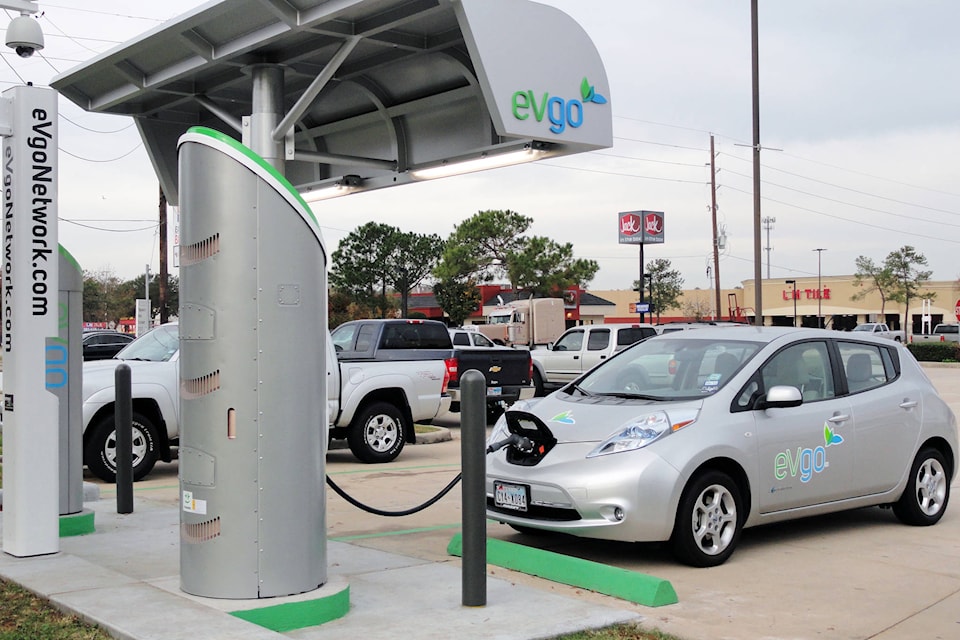Kimberley will soon be getting an electric vehicle charging station right downtown, as part of the Accelerate Kootenays Program.
This isn’t your average electric vehicle charging station, either. The City received a grant of $25,000 from the Solar Now Program, and Kimberley City Council has approved up to $35,000 in (required) matching funds, from the Carbon Tax Project Reserve, to install a solar electric generation system to power the charging station.
Solar Now is a project of Clean Energy Canada, with the support of the North Growth Foundation, that seeks to deploy solar renewable energy systems in prominent public locations to advance Canadian’s understanding of solar energy and take action on climate change. They approached the City with the opportunity for the solar-based system.
Manager of Planning Services Troy Pollock says this will provide clean and renewable energy to offset the cost of electric vehicle charging. Through the Accelerate Kootenays program, it will be free to charge your vehicle at this station.
“This will provide a highly visible example of the huge potential for expanded solar energy production in Kimberley,” said Pollock.
There will be three electric chargers powered by two solar panels and the station will be installed in the main Platzl parking lot adjacent to Kimberley Visitor Centre.
He adds that the structure to support the panels has yet to be designed, but they hope to have something architecturally similar to the log and timber designs of the bridges on Mark Creek and the Visitors Centre. The solar carport will be large enough to cover two parking stalls. The solar panels will be tied into the electrical panel as well.
“Visitors coming to town, on the electric highway if you will, can grab coffee or lunch, or do some shopping, whatever they prefer, while they charge up,” said Pollock. “[We] don’t know how much use there will be off the start, but we anticipate at least in the first year or so that use will start small and grow into the future. It’s likely that for the first two or three years there will be more electricity being produced than used.”
